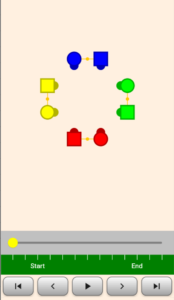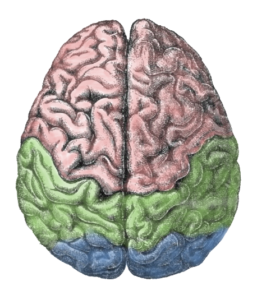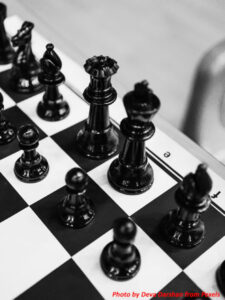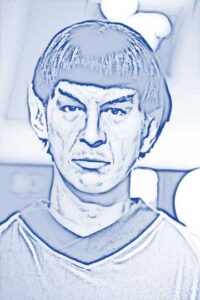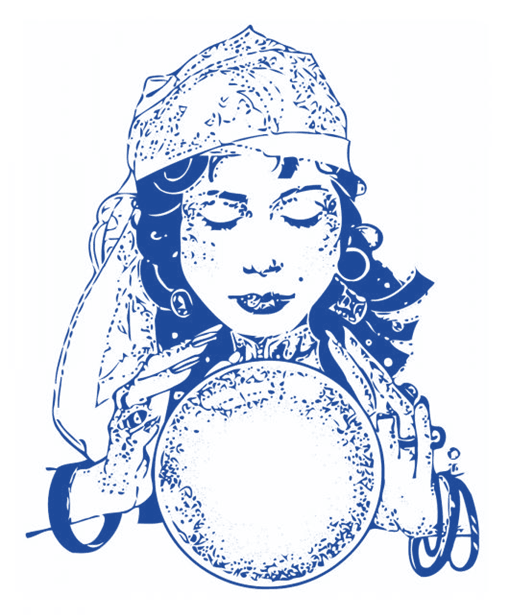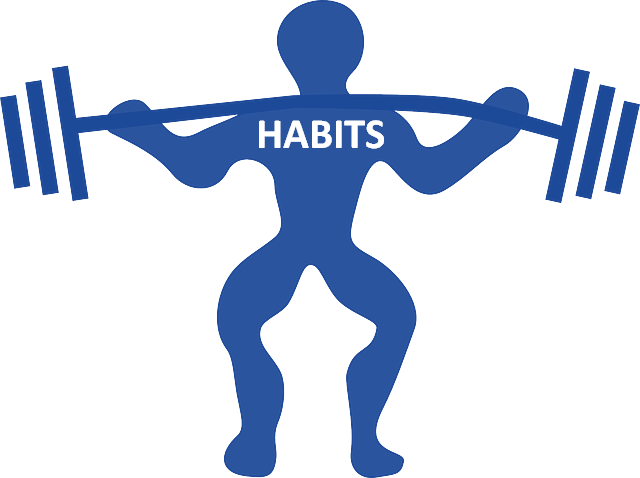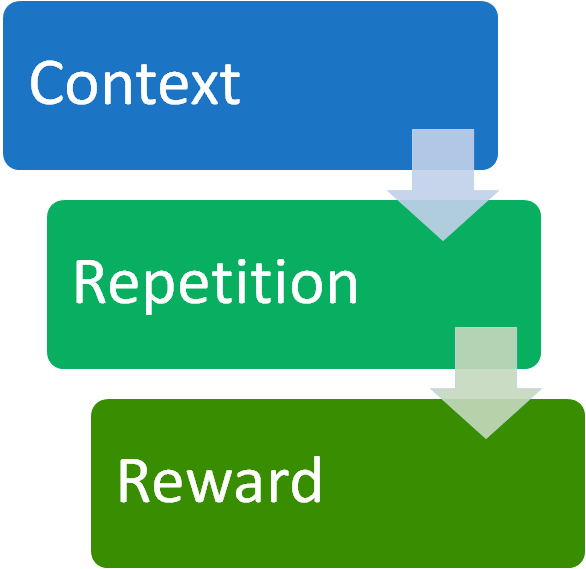“Pain is an opinion on the organism’s state of health rather than a mere reflexive response.” – Dr. V. S. Ramachandran, neuroscientist
 Most of us have experienced the body’s diverse repertoire of physical pain. Burning. Aching. Throbbing. Take-your-breath-away stabbing. Agony. Nuisance headaches. Debilitating migraines. Nausea. Feverish discomfort. I could go on, but just thinking about it makes me feel bad. For indeed, emotional suffering generally goes along with pain. Given its unpleasantness, there’s good reason to learn about how it works.
Most of us have experienced the body’s diverse repertoire of physical pain. Burning. Aching. Throbbing. Take-your-breath-away stabbing. Agony. Nuisance headaches. Debilitating migraines. Nausea. Feverish discomfort. I could go on, but just thinking about it makes me feel bad. For indeed, emotional suffering generally goes along with pain. Given its unpleasantness, there’s good reason to learn about how it works.
Before reading Dr. Norman Doidge’s The Brain That Changes Itself, I tended to side with the argument that pain was a reflexive response. If the body was sick, hurt, or otherwise debilitated, we were going to have pain. End of story. But it turns out that the brain has far more to do with our experience of pain than I realized.
Our bodies are chock full or neurons that sense injury or illness and report findings to the brain. This feedback provides the opportunity to mobilize resources to initiative repair, fight infection, and take other action to promote healing (e.g., rest). However, these pain signals go through gates; the brain decides whether or not to let them through.
Traditional herbalists and modern medicine have given us remedies to dampen our physiological experience of pain. Thank goodness! But it turns out that the brain can be tricked into lowering its pain response regions when harboring the belief that medication has been administered. Subjects have experienced pain relief when given placebos in lieu of drugs.
Unfortunately, the brain’s “pain map” can get disordered and cause us to experience pain even when no physical threat is present. Amputees often report feeling discomfort at the site of absent limbs. Patients experience “learned pain” when immobilizing muscles in response to injury and then attempting movement again. The “pain wiring” persists even when the body part is no longer subject to trauma. Fortunately, innovative neuroscientists figured out how to use mirror boxes and mental imaging to help the brain see fully healed body parts and release the pain response.
Why does this happen? The brain relies upon a feedback loop to activate and deactivate its pain response. When the signaling gets out of sync, we can get stuck in a cycle of pain. In addition, the neurons in the pain system are quite plastic. Chronic pain can cause them to fire more easily, thereby exaggerating their signals. It’s why we’re often told to “get ahead of the power curve” with pain medication before these neurons get a little too good at firing. Pain killers before surgery may also prevent undue plastic change in the pain map.
For those of us who’d prefer to avoid medication for pain management, acupuncture may be an option. It purports to inhibit pain, close the pain gates, and block pain perception. It also claims to release endorphins, increase blood flow, and induce muscle relaxation. I’ve never used it for pain relief but have found the experience quite restful and restorative.
Meditation may also be a means to relieve discomfort naturally. When bringing attention to an aching body part, we can gain some emotional distance from the experience while exploring the nature of the sensation. While it may or may not diminish the physical experience, it can certainly help mitigate our emotional response.
